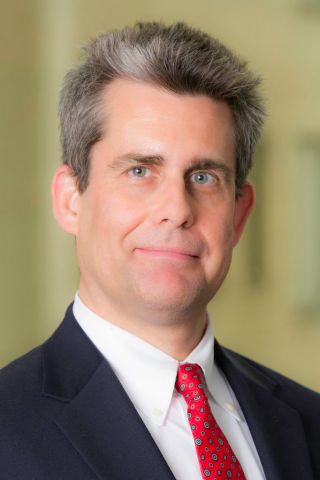School days: How the U.S. compares with other countries
By now, most U.S. schoolchildren are either back in the classroom or headed there soon. As they make the transition from summer camp and bug spray to math homework and science projects, their weary parents may well wonder if children in the U.S. spend less time in the classroom than kids in other countries. The […]


